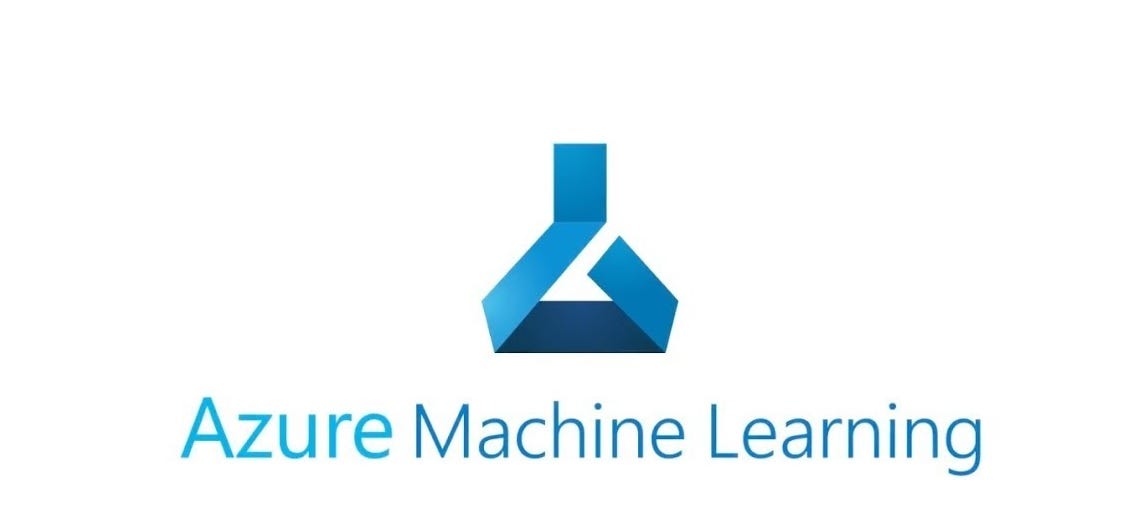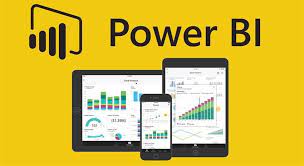Transforming Data into Actionable Insights: AI Features in Power BI Explained |
In business, the most effective decisions are made based on good data. AI will give you an easier time playing the game. Power BI is an amazing tool for business analytics, which Microsoft originally developed. It has the whole AI feature set that allows companies to transform raw data into useful data, bringing about smart strategies and the best results. Power BI development, Power BI consulting, and other supporting services are critical to organizations in diverse industries. As the latest studies suggest, the global market for business intelligence and analytics software will reach $55.48 billion by 2026, which is at a CAGR of 10.1%. This is quite a big deal because it proves how the Power BI tools have evolved, playing a significant role in making business decisions and improving overall performance.
After this blog, you’ll know how AI integration in Power BI could completely transform how you use data analysis, thus opening the doors for the discovery of meaningful patterns that lead to informed decision-making that eventually leads to business success.
AI Functionality in Power BI
With its business intelligence capability, Power BI does not just perform the function of visualizing data; it is a valuable partner in your team that helps you get the information contained in the data. AI-based applications are one of the main features of Power BI that make it possible for users to explore their data and discover interesting insights with minimal effort.
The overall ecosystem of the Power Platform, which includes Power Apps Development, Power Apps Consulting, Power Automate Development, and Power Automate Consulting, adds value to Power BI as it creates an environment where business processes can be linked and automated.
AutoML
Autonomous ML (Automated Machine Learning) is one of the AI features in Power BI that has been used for a long time. AutoML automates the procedure of creating machine learning models by selecting the algorithms, features, and evaluation processes.
Natural Language Processing (NLP)
An additional ingredient of AI in Power BI is Natural Language Processing (NLP), which raises the usability and accessibility of the product. NLP equips users to use a natural language to query and control their data, sparing them the problem of learning complex query languages or coding.
The AI Impact on Power BI
AI features in Power BI have been integrated, and businesses now have a different approach to data analysis. Through automating routine jobs, removing complex procedures, and creating easy-to-use data interaction processes, AI in Power BI enables users to gain insights from data and make informed decisions regardless of their level of technical expertise.
Data preparation and cleaning
Data preparation and data cleansing are the two most significant parts of the data analysis process, which must be accurate, consistent, and reliable. Power BI provides a set of AI-enabled tools to carry out these operations in a shorter period and with more accuracy, reducing the time and cost associated with data preparation.
Data Profiling
Data profiling is the process of looking into the structure or quality of a dataset to find any problems or anomalies. In Power BI, the Data Profiling module works as an automatic tool to analyze the attributes of the data, like the data type, distribution of values, and missing values.
Data Cleansing
Data cleansing includes finding and rectifying deviations, incompatibilities, and undocumented values that do exist in the data. Power BI offers AI-driven data cleansing capabilities that automate many of these tasks, such as Power BI offers AI-driven data cleansing capabilities that automate many of these tasks, such as:
Data Transformation
Data transformation includes reshaping and reformatting the data to make it more amicable for analysis and visualization. Power BI provides AI-powered tools for data transformation, such as Power BI provides AI-powered tools for data transformation, such as:
Advanced Analytics and Predictive Modeling with Power BI
Powerful features of Power BI, such as advanced analytics and predictive modeling, can be used to achieve deeper analytical insights and forecast the future of businesses.
Time Series Analysis
Time-series analysis refers to a data analysis method used to identify patterns, trends, and seasonality in data collected over time. Via time series analysis in Power BI, users can see how data has evolved, point out patterns that may be repeated, and hence help predict future results.
Forecasting
Forecasting is the procedure of predicting future values using historical data analysis. The forecasting features of Power BI could be used by leveraging the highly advanced algorithms that provide forecasts for key metrics such as sales, revenue, and customer demand.
Integration with Azure Logic Apps

Power BI and Azure Machine Learning are deeply integrated, as Azure is the cloud platform that Microsoft uses to build, train, and deploy machine learning models.
What-If Analysis
The what-if analysis is a tool that is employed in analyzing the different scenarios and the consequences of future outcomes. With Power BI what-if analysis, it is possible to simulate different scenarios by changing the input parameters and to see what results may happen right away.
Decision Trees and Clustering
Power BI includes decision trees and clustering algorithms as built-in features of predictive modeling, which are the most commonly used techniques. Decision trees serve to identify the most critical factors contributing to the outcome, while clusters group data that share similar features.
Personalized insights and recommendations
Personalization is done by customizing experiences and recommendations that are specific to individual tastes, preferences, behaviors, and needs. Individualized data analytics, with the help of personalized insights and recommendations, allows users to create significant relevance from data that is specifically related to them.
Understanding user behavior
The initial step required for personalized insight delivery is understanding user behavior. Power BI gathers and examines the data on user behavior when they access reports and dashboards, such as the visualizations that they frequently select, the types of queries they make, and the actions they take. Based on this information, a system of personalized suggestions is created.
Automated Insights
Automated Insights is a function of Power BI that depends on AI, which can recognize user behavior and data patterns automatically. The system can recognize patterns, outliers, and interconnections from the data, leading to personalized recommendations that are specifically relevant to a user’s situation.
Smart Narratives
Smart narratives are the perfect companion to automated insights, as they also act as a contextual explainer and interpreter of the results. NLP technology is applied by Smart Narratives to generate natural language narratives from intricate data findings. This makes the narratives more practical and useful for users with different technical expertise levels.
Wrap-Up
Power BI is a perfect example of how AI-powered features have transformed the way companies visualize and realize the insights embedded in their data. By utilizing AI-driven features via Power BI Development and Power BI Consulting, organizations can use the insights to make strategic decisions and take action.
